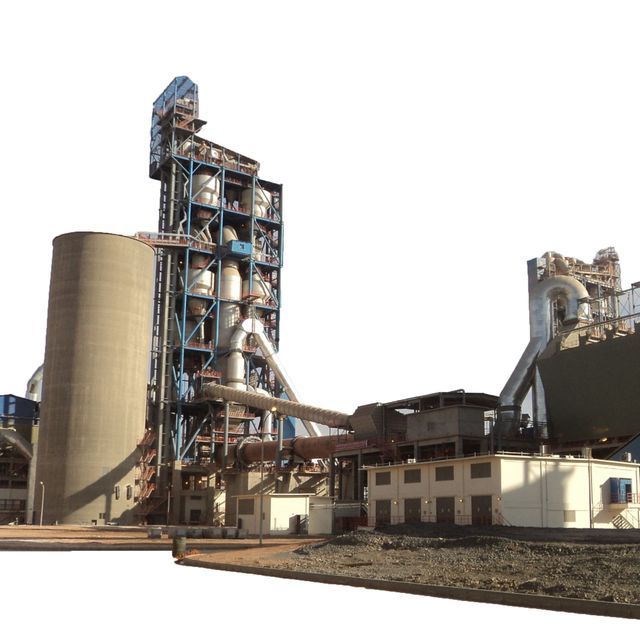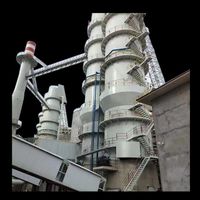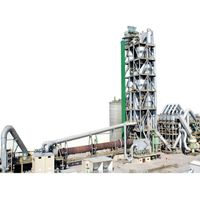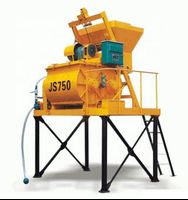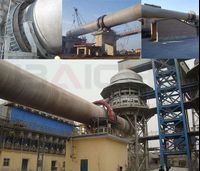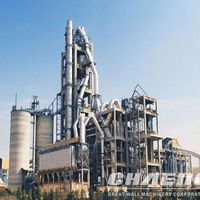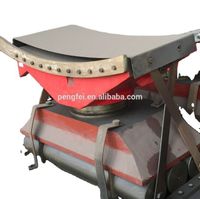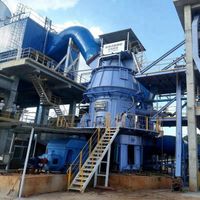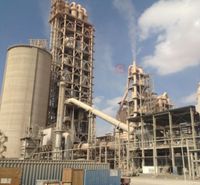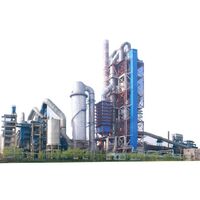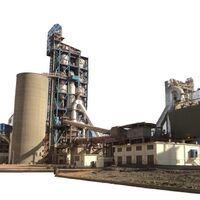Professional mini cement plant, cement production line construction project
-
Supplier: Zhejiang Tongli Heavy Machinery Manufacturing Co., Ltd. -
Region: Zhejiang, China -
Contact: Mr Tongli Zhu -
Price: $50000.00 /set -
Min. Order: 1 set
Product details
| After Warranty Service: | Video technical support | Video outbound inspection: | if |
| brand: | KONE | Health status: | new |
| product name: | small cement plant | Origin: | Zhejiang, China |
| weight: | 20000 kg | Warranty: | 1 year |
| After-sales service provided: | Engineers available to repair machinery overseas | Marketing Type: | normal product |
| port: | Shanghai/Ningbo Port | Voltage: | 220/380/440 volts |
| Showroom location: | not any | payment terms: | L/C, Western Union, T/T |
| strength: | 800-20000KW | Mechanical test report: | if |
| Applicable industries: | Construction Engineering, Energy and Mining | Core component warranty: | 1 year |
| Core components: | PLC, engine, bearing, gearbox, motor | Package preview: | |
| Supply capacity: | Annual output of 100 sets of small cement plants | Packaging Details: | 1. Standard container 2. Bare package 3. Wooden box |
| Main selling points: | energy saving | Dimensions (L*W*H): | depends on capacity |
| capacity: | 100-6000 tons/day | Local service locations: | Egypt |
| color: | customizable |
Product Description

Cement production line (cement plant) is a cement equipment production line composed of a series of equipment. The production line is mainly composed of crushing pre-homogenization, raw material homogenization, preheating decomposition, cement clinker firing, cement grinding and packaging and other processes. The main equipment used in the whole production line includes vibrating feeder, jaw crusher, impact crusher, raw material vertical mill, cement ball mill, preheating system, cement rotary kiln, packaging machine, etc. All cement equipment of this production line can be provided by our factory.
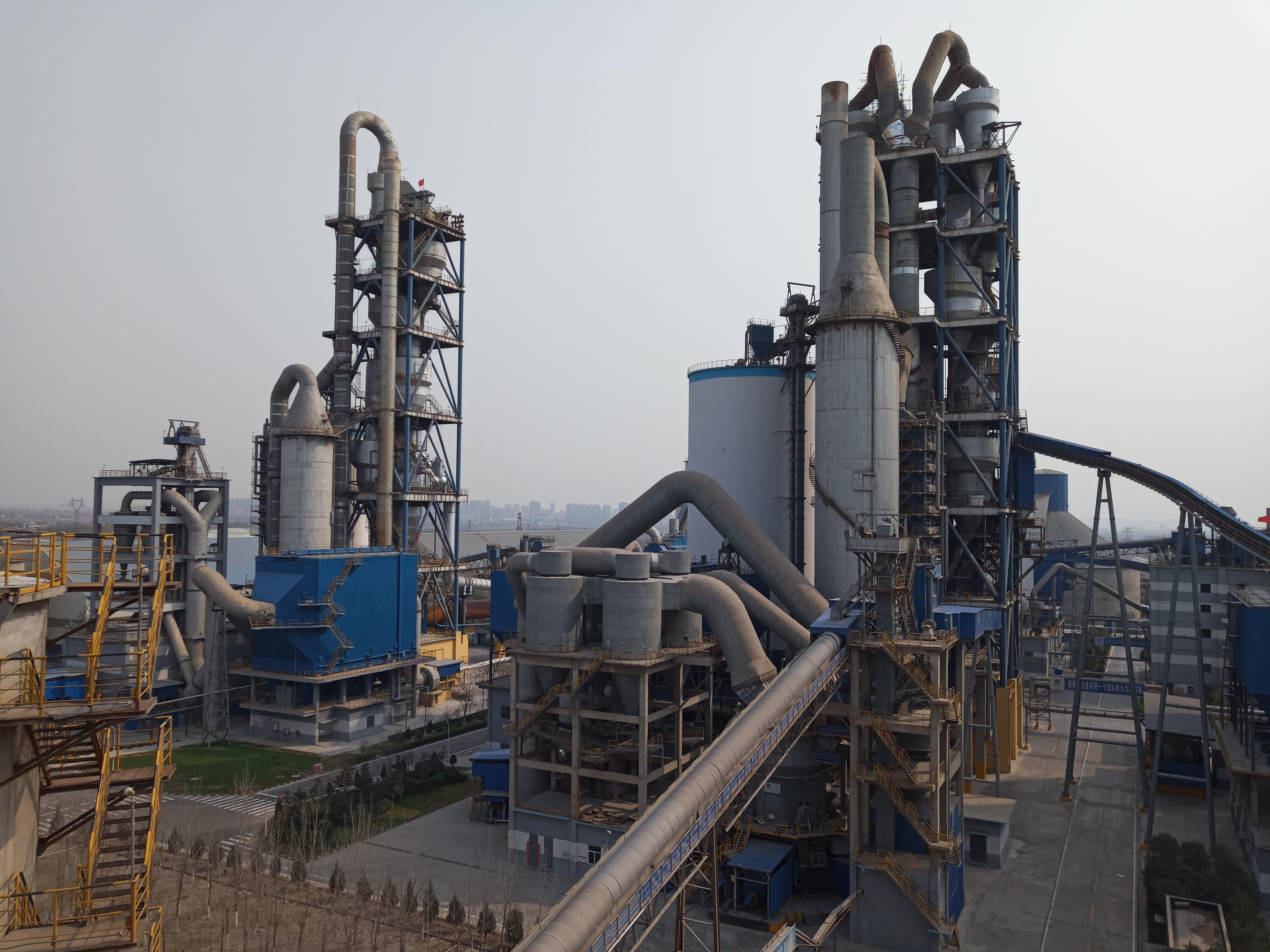


1. Crushing and pre-homogenization
(1) Crushing: In the process of cement production, most raw materials need to be broken, such as limestone, clay, iron ore, coal, etc. Limestone is a large amount of raw material for cement production. After mining, the particle size is large and the hardness is high. Therefore, limestone is a raw material with a large amount of cement production. After mining, the particle size is large and the hardness is high. The crushing process is more economical and convenient than the grinding process. Break the bulk material into fine and uniform particle size as much as possible to reduce the load on the grinding equipment and increase the output of the grinder. After the material is crushed, it can reduce the separation of materials with different particle sizes in the process of transportation and storage, prepare raw meal with uniform composition, and improve the accuracy of batching. (2) Pre-homogenization of raw materials: Pre-homogenization of raw materials means that when materials are stacked, the incoming raw materials are continuously stacked into as many layers as possible that are parallel to each other, overlap each other, and have the same thickness as possible. When taking the material, try to cut all the material layers at the same time in the direction perpendicular to the material layer, and cut in turn until the material is taken out, that is, "flat and straight". Make the raw material yard have the functions of storage and homogenization at the same time.

2. Raw material preparation
(1) Raw material batching: There are four batching bins (or other special auxiliary material bins) for raw material batching: limestone, sandstone, iron ore, fly ash. A weighing feeder is installed at the bottom of the silo to feed various materials quantitatively according to the proportion required by the production process. It is sent to the vertical grinding system by the belt conveyor for grinding. (2) Raw material grinding: The material falls to the center of the grinding disc through the air lock feeding device through the discharge chute, and is thrown to the edge of the grinding disc under the action of centrifugal force, and is rolled and ground. grinding roller. The crushed material overflows from the edge of the grinding disc and is dried by the high-speed upward hot air flow from the nozzle. Depending on the air velocity, part of the material is brought into the high-efficiency powder separator by the airflow. After separation, the coarse powder returns to the grinding disc for regrinding; the qualified fine powder flows out of the mill with the air, and is mixed with the dust collected by the humidifying tower and electrostatic precipitator. Send it to the raw material homogenization bin through the chute and bucket elevator for homogenization and storage
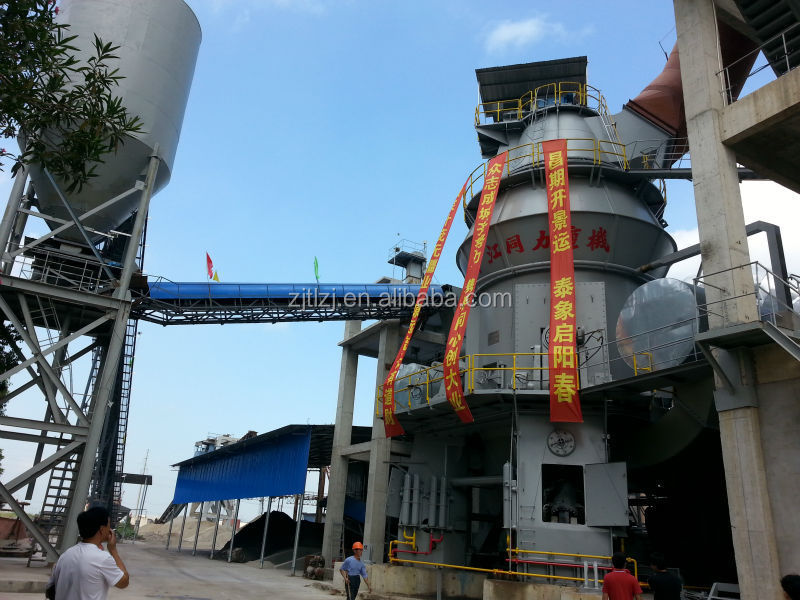
3. Raw meal homogenization
When the raw meal powder is discharged downward, it is subjected to air agitation and gravity, resulting in a "funnel effect". Cut as many layers of material as possible and mix well. Different fluidizing air is used to produce different sizes of fluidizing expansion on the parallel material surface in the warehouse. Some areas are unloading, and some areas are fluidized, so that the surface of the material in the warehouse is inclined to carry out radial mixing and homogenization. In the process of cement production, stabilizing the composition of raw materials entering the pit is the prerequisite for stabilizing the thermal system of clinker firing, while the raw meal homogenization system plays a later role in stabilizing the composition of raw materials entering the pit.
4. Preheating and pre-decomposition
The preheating and partial decomposition of the raw materials are completed by the preheater instead of part of the functions of the rotary kiln, thereby shortening the length of the return kiln, making the gas material heat exchange process in the kiln in an accumulation state and moving to a suspended state in the preheater, so that the raw material can Fully mixed with the hot gas discharged from the kiln, the contact area of the gas material is increased, the heat transfer speed is fast, the heat exchange efficiency is high, the purpose of increasing the output is achieved, the efficiency of the kiln system is improved, and the heat consumption of clinker combustion is reduced. (1) Preheater: The main function is to make full use of the waste heat of the exhaust gas discharged from the rotary kiln and calciner to heat the raw meal, so that the raw meal is preheated and part of the carbonate is decomposed. In order to greatly improve the heat exchange efficiency between gas and solid, and realize the high quality, high output, and low consumption of the entire calcination system, it must have three functions: uniform gas-solid dispersion, fast heat exchange, and efficient separation. (2) Pre-decomposition: The emergence of pre-decomposition technology is a technological leap in the cement calcination process. It is to add a calciner between the preheater and the rotary kiln, use the ascending flue at the end of the kiln, and install an oil injection device, so that the exothermic process of fuel combustion and the endothermic process of raw material carbonate decomposition can be carried out in the calciner. It is carried out quickly in a suspended or fluidized state, so that the decomposition rate of the raw material entering the kiln is increased to more than 90%. The carbonate decomposition task in the original rotary kiln is moved to the calciner; most of the fuel is added from the calciner, and a small part is added from the kiln head, which reduces the heat load of the decomposition zone in the kiln, prolongs the service life of the furnace lining, and is beneficial to Large-scale production; Because the fuel and raw meal are mixed evenly, the combustion heat of the fuel is transferred to the material in time, so that the combustion, heat exchange and carbonate decomposition process are optimized. Therefore, it has a series of excellent performance and characteristics such as high quality, high efficiency and low consumption.
5. Firing of cement clinker
After the raw meal is preheated and pre-decomposed in the cyclone preheater, it enters the rotary kiln to burn the clinker. In the rotary kiln, the carbonate is further decomposed rapidly, and a series of solid phase reactions occur to generate AC3, afc4, SC2 and other minerals in the cement clinker. As the temperature of the material rises to around c01300, minerals such as AC3, afc4, and SC2 will turn into liquid phase, and SC2 dissolved in the liquid phase will react with Cao to generate a large amount of SC3 (clinker). After the clinker is fired, the temperature begins to drop. Afterwards, the high-temperature clinker discharged from the rotary kiln is cooled by the cement clinker cooler to the set temperature of the storage bin for storage. At the same time, the sensible heat of high-temperature clinker is recovered, and the thermal efficiency and clinker quality of the system are improved.
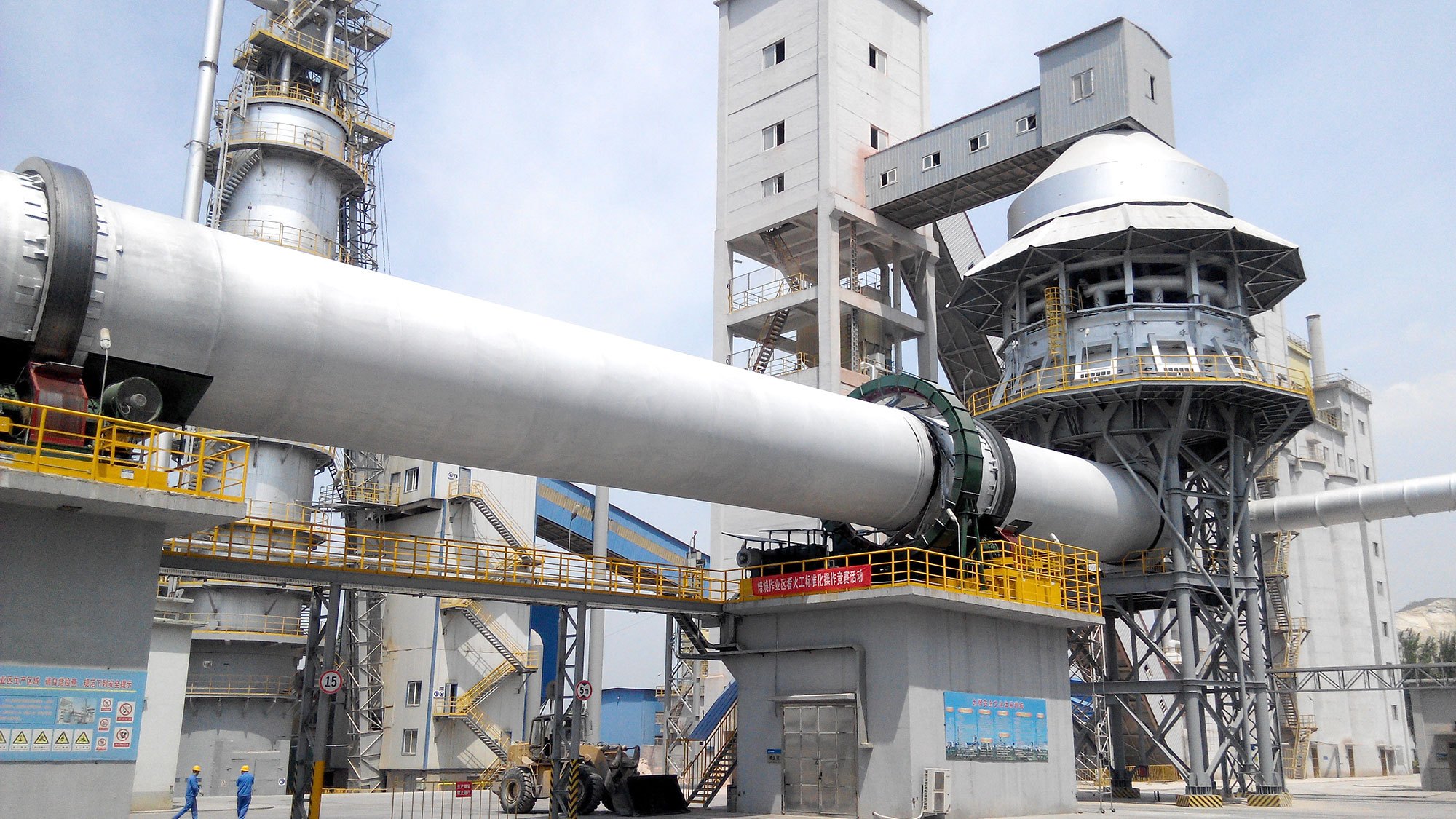
6. Cement batching station
The cement batching station is equipped with warehouses for clinker, gypsum and auxiliary materials. There is a weighing feeder at the bottom of each warehouse, which quantitatively feeds various materials according to the set ratio. Next to the clinker batching warehouse, clinker bulk facilities are also set up for external use of clinker. After the material is discharged in proportion by the feeding and metering equipment, it is sent to the ball mill by the belt conveyor for grinding.
7. Cement grinding
Cement grinding is not only a post-process of cement production, but also a process with high power consumption. It is mainly used to grind cement clinker (and gelling agent, performance adjustment materials, etc.) The hoist is sent to the concentrator for sorting, the coarse powder is re-grinded and continues to be ground, and the finished cement is collected by the air box pulse bag dust collector, and then sent to the finished cement warehouse for storage by the bucket elevator conveyed by the air trough.
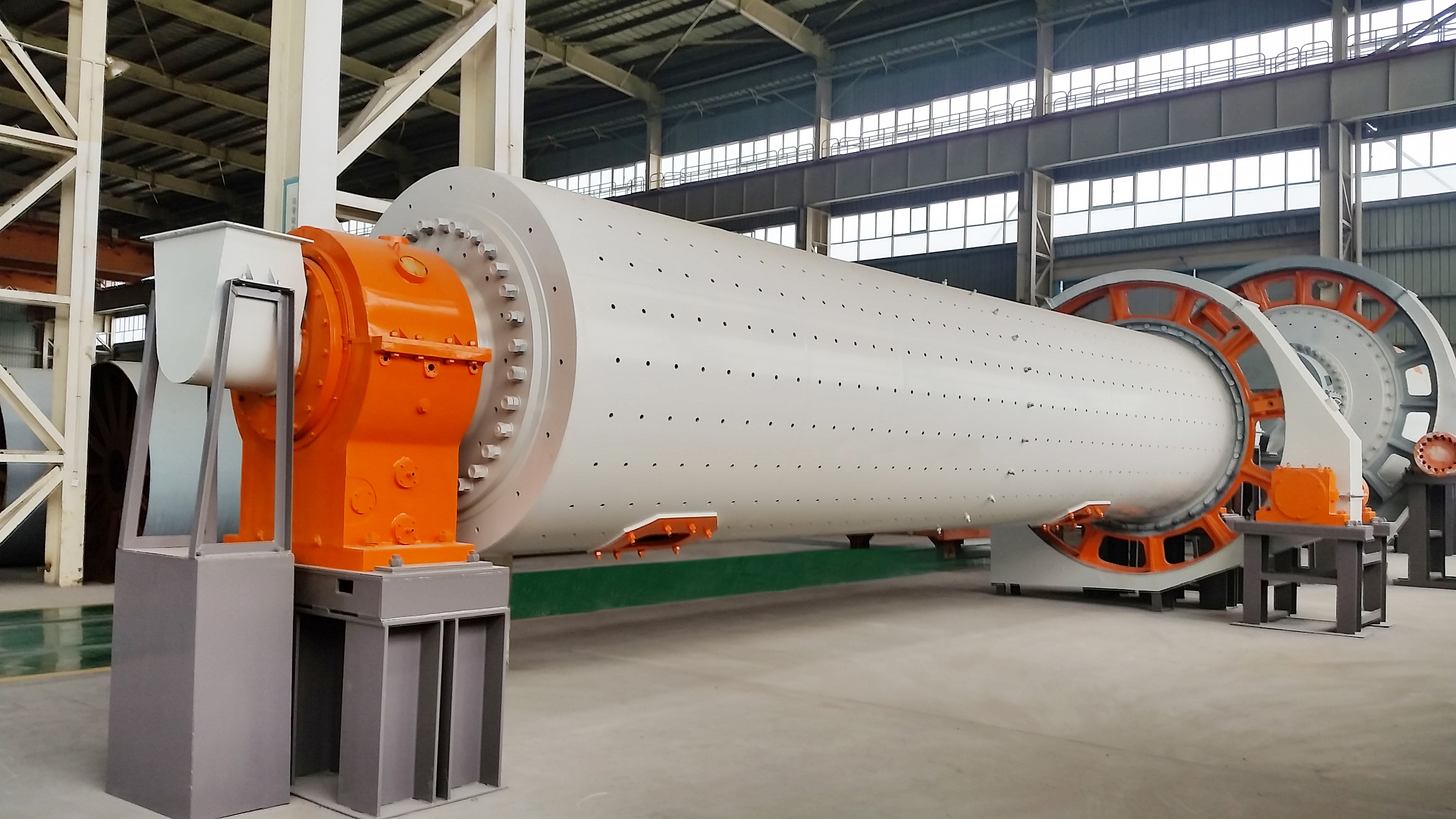
8. Cement packaging
After the outbound cement is unloaded by the unloading device at the bottom of the silo, it is sent to the cement packaging workshop and cement bulk warehouse through the belt conveyor, bucket elevator, and air chute. The cement is packaged with an eight-nozzle rotary packaging machine. The packaged bagged cement is sent to the finished bagged cement warehouse for storage through the bag unloading conveying system, and can also be directly loaded and shipped. The cement bulk warehouse is equipped with cement truck bulk facilities, which can carry out truck bulk.
Note: The material conditions provided by the end user shall prevail.
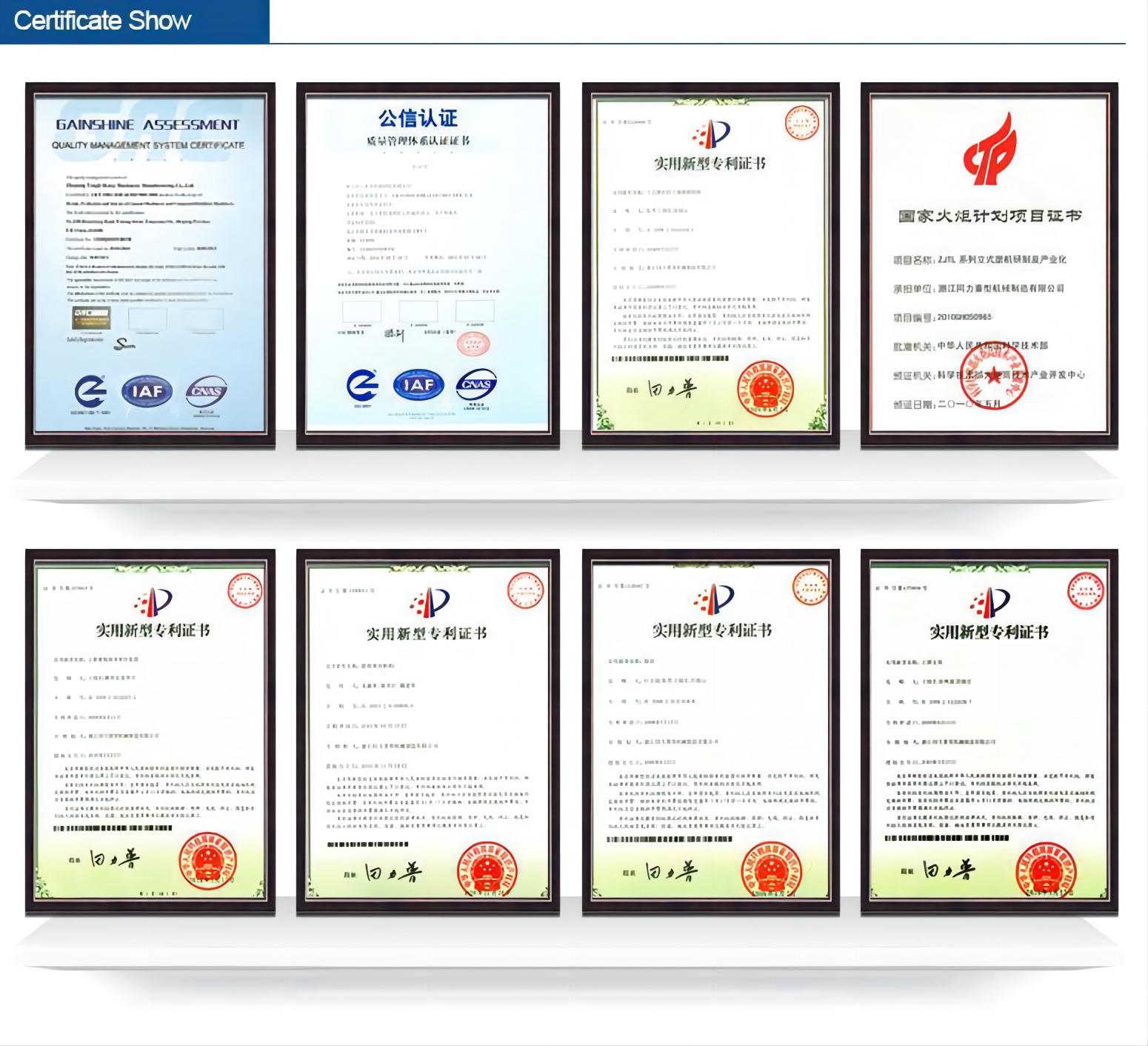
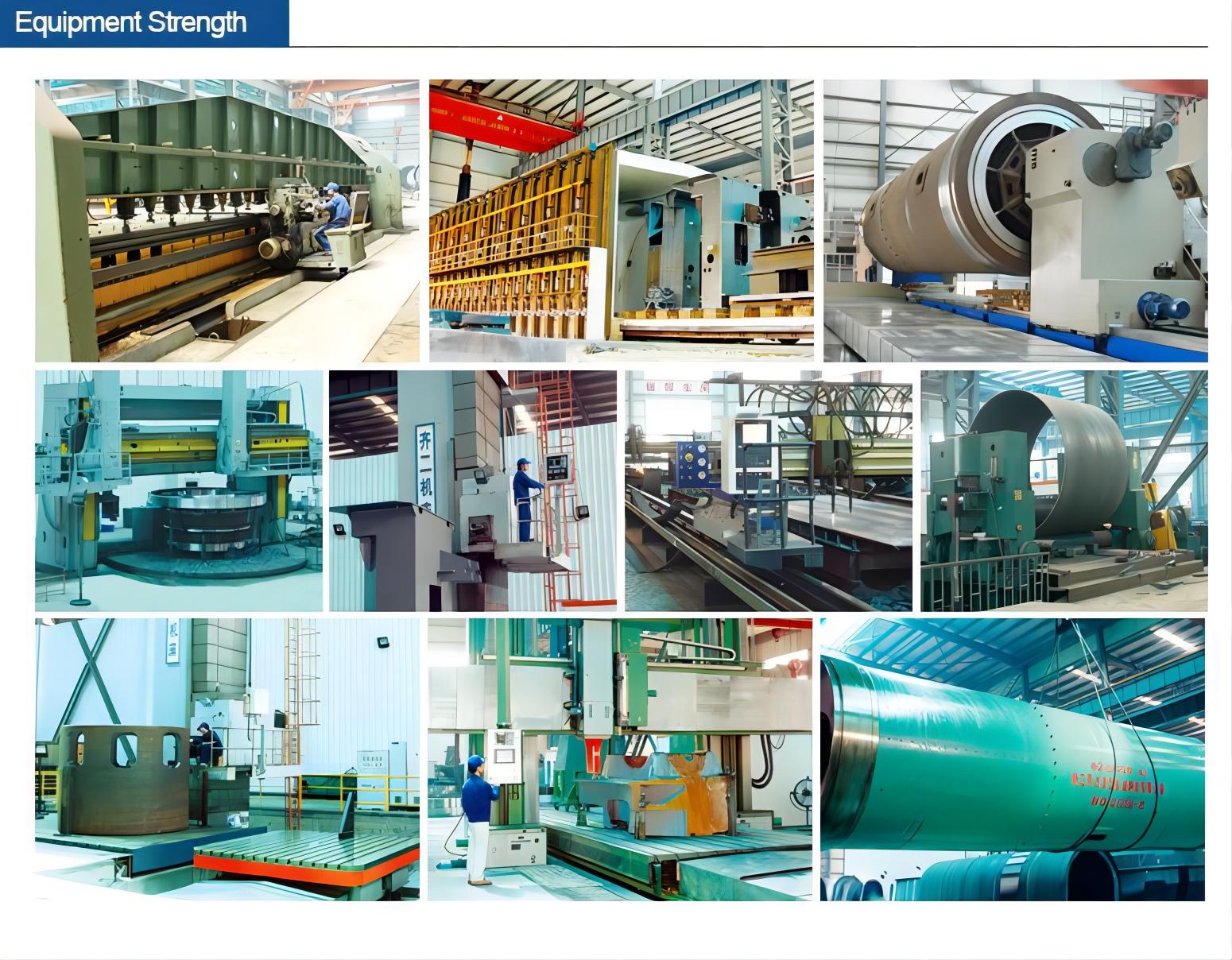
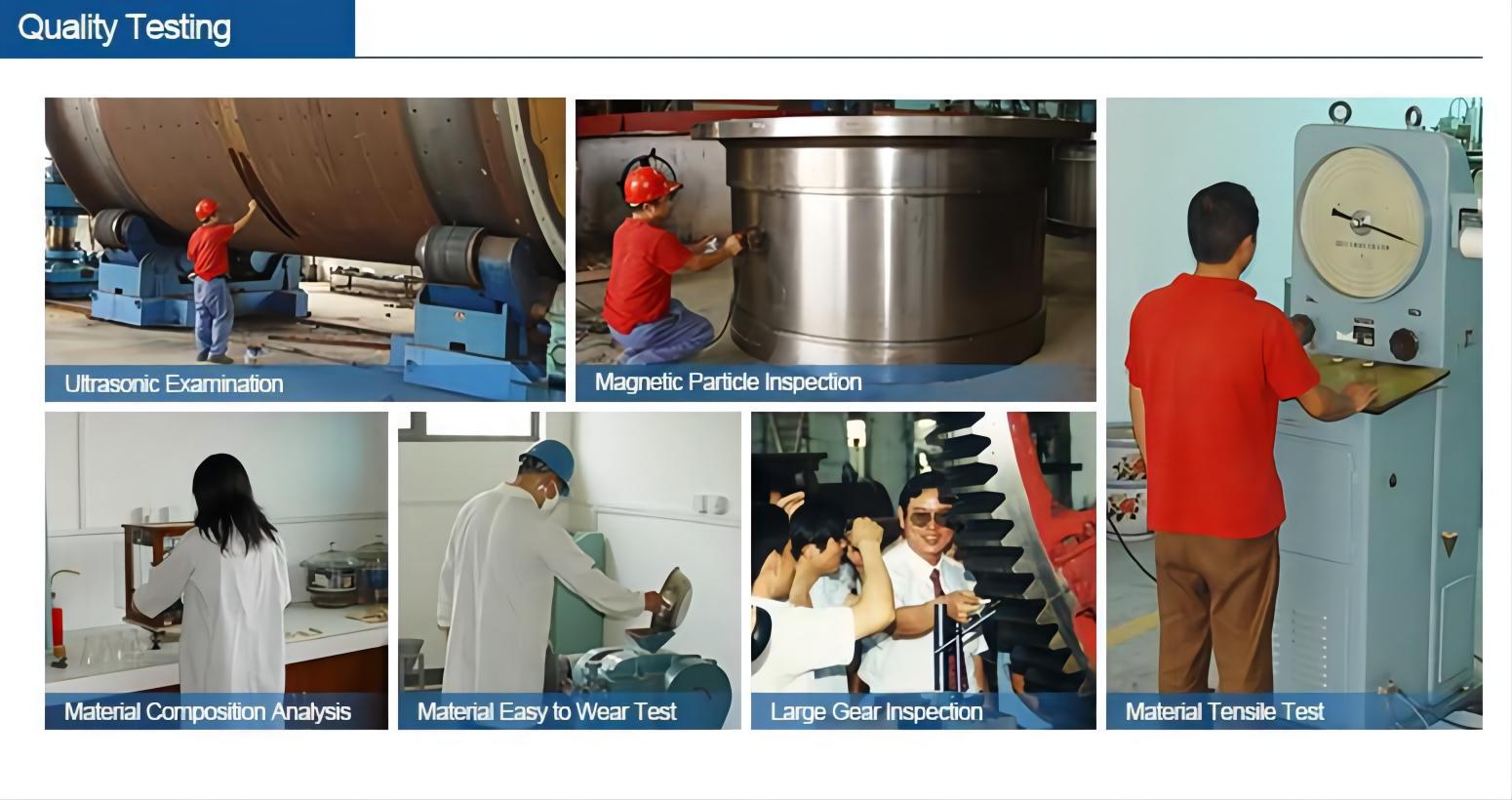
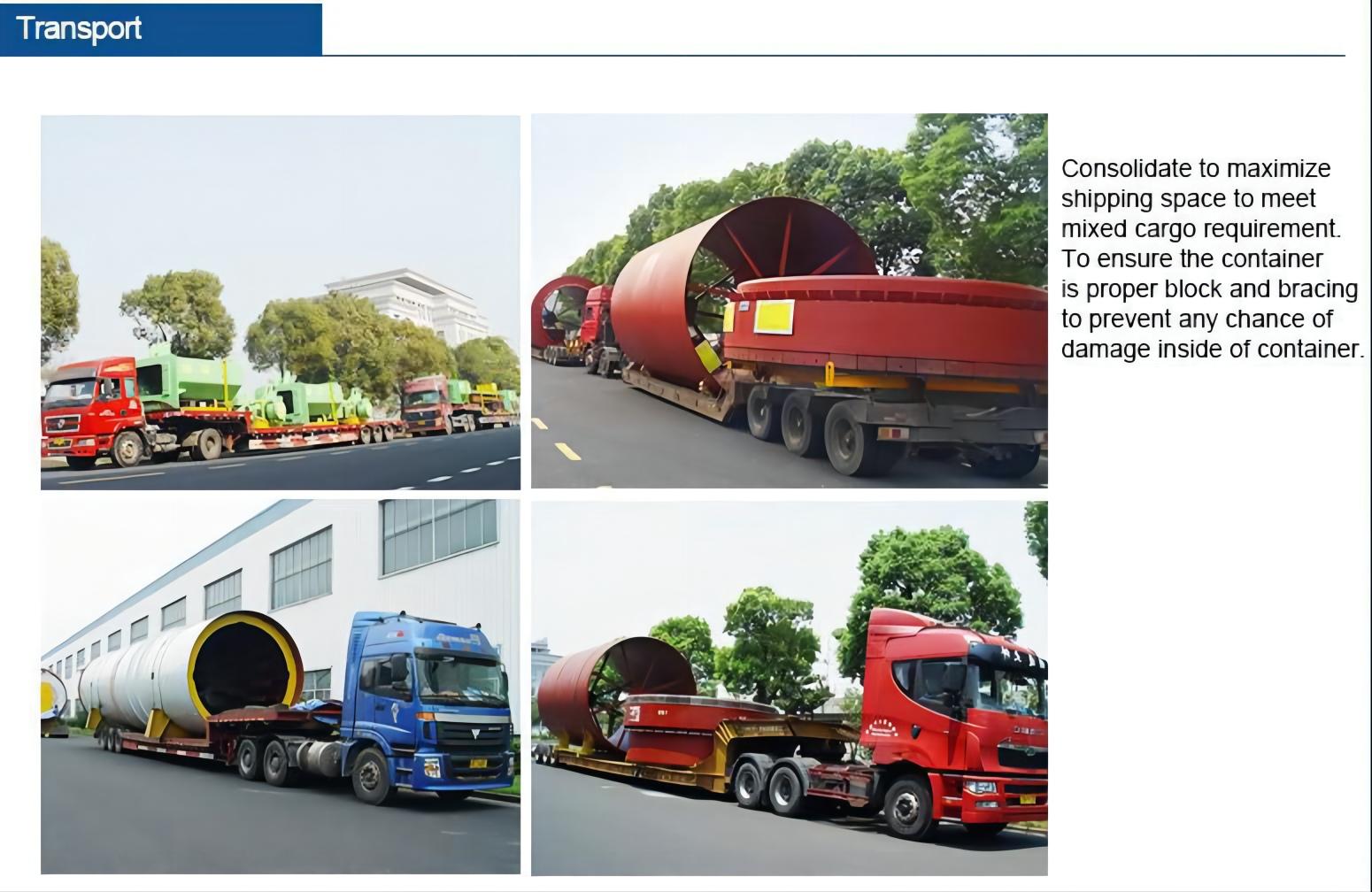
Specification
thing | value |
Applicable industry | Construction Engineering, Energy & Mining |
After Warranty Service | Video technical support, online support, spare parts, on-site maintenance and repair services |
local service point | Egypt, Canada, Philippines, Pakistan, India, Russia |
showroom location | not any |
Video outbound inspection | if |
Mechanical Test Report | if |
marketing type | normal product |
Core Component Warranty | 1 year |
core components | PLC, engine, bearing, gearbox, motor |
Health status | new |
birthplace | China |
zhejiang | |
brand | KONE |
Voltage | 220/380/440 volts |
strength | 800-20000KW |
Dimensions (L*W*H) | depends on capacity |
weight | 20000 kg |
certified | CE, TUV, ISO, BV |
Warranty | 1 year |
Online support, free spare parts, on-site installation, commissioning and training, on-site maintenance and repair services, video technical support | |
main selling point | energy saving |
aftersale service provided | Engineers available to repair machinery overseas |
capacity | 100-6000 tons/day |
color | customizable |
product name | mini cement factory |
VIEW MORE
You may like
-
Professional lime production line lime kiln lime production factory

-
China 100TPD lime kiln for lime production line factory

-
Supply 100-2000tpd cement production line cement machinery manufacturing plant

-
Efficient Concrete Mixer Cement Mixer Force Action Mixer JS750

-
4.0×60 lime equipment rotary kiln, cement plant rotary kiln, roller table rotary kiln

-
Ex-factory price of advanced technology of Great Wall Cement Plant

-
New type ball mill sliding shoe bearing

-
cement mill/clinker grinding station/cement grinding plant

-
6000tpd 42.5 Portland cement plant

-
China Manufacturer Rotary Kiln Cement Making Machine

Other Products
-
 $50000.00 / set
$50000.00 / set -
 $50000.00 / set
$50000.00 / set -
 $50000.00 / set
$50000.00 / set
Related Search
cement production line
cement production line small suppliers
manufacturers cement production line suppliers
manufacturers cement production line
cement production line importers suppliers
mini cement plant
production line cement
autom construct materi product line suppliers
mini toilet soap production line
mini cement manufactur machin suppliers

